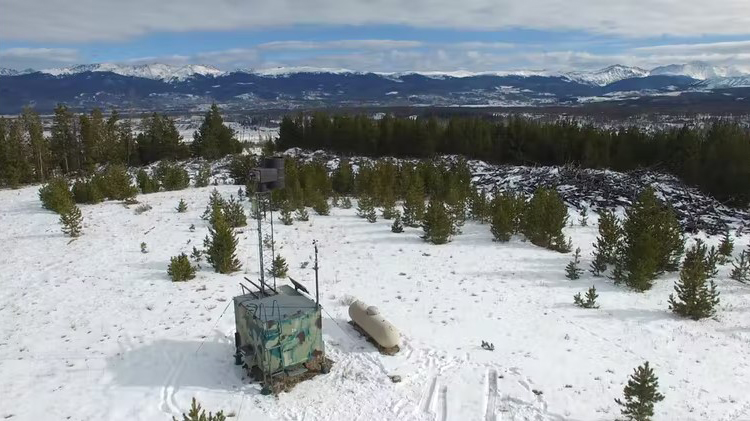Bill Cotton: Cloud seeding might not be as promising as drought-troubled states hope
Professor Emeritus Bill Cotton wrote this piece for The Conversation. Colorado State University is a contributing institution to The Conversation, an independent collaboration between editors and academics that provides informed news analysis and commentary to the general public.
On mountain peaks scattered across Colorado, machines are set up to fire chemicals into the clouds in attempts to generate snow. The process is called cloud seeding, and as global temperatures rise, more countries and drought-troubled states are using it in sometimes desperate efforts to modify the weather.
But cloud seeding isn’t as simple as it sounds, and it might not be as promising as people wish.
As an atmospheric scientist, I have studied and written about weather modification for 50 years. Cloud seeding experiments that produce snow or rain require the right kind of clouds with enough moisture, and the right temperature and wind conditions. The percentage increases in precipitation are small, and it’s difficult to tell when snow or rain fell naturally and when it was triggered by seeding.
Read the full article, “Cloud seeding might not be as promising as drought-troubled states hope.”
Photo at top: Cloud-seeding equipment near Winter Park in Colorado. Credit: Denver Water



